What You Need To Know About Burns and Scrapes – 6 Natural Ways to Treat and Heal Minor Burns and Scrapes
6 Natural Ways to Treat and Heal Minor Burns and Scrapes
Overview
Minor burns and scrapes are extremely common injuries, especially in the kitchen when you are constantly handling hot liquids and sharp objects. Frequent scratches and scrapes are also an inseparable part of childhood. Most of these wounds are not serious and can easily be treated at home with a little bit of care and natural ingredients.
Natural antiseptics and plant-based healing salves can help minimize pain, reduce the risk of infections, improve healing time, and prevent scarring of the skin. Read on to find out how you can heal minor burns and scrapes at home with the help of natural remedies.
Natural remedies for minor burns and scrapes and how to use them
1. Aloe vera
The wound-healing and skin-rejuvenating properties of aloe vera have been known since time immemorial. About 95% of aloe is mineral-rich water that helps cool down burns and scalds, soothes pain, and works as an excellent emollient.
Raw aloe gel contains about 75 active compounds that fight inflammation and form a protective barrier around the wound, helping keep out germs and inhibiting the growth of bacteria. Glucomannan compound found in aloe vera gel has been shown to boost collagen proteins that play a key role in skin repair.
In one study, aloe vera healed partial thickness burns and scrapes much faster than medically used topical antibiotics.
How to use aloe for wound healing:
Clean the wound, and allow it to air dry. Apply a thin layer of pure aloe vera gel 2-3 times a day. You can also apply aloe to a dressing gauze and place it on the wound.
2. Honey
Honey is an age-old remedy for healing skin injuries, including cuts, boils, scalds, sunburns, pimples, ulcers, foot corns, scars, burns and scrapes, and even surgical wounds.
Raw honey contains many types of flavonoids and skin-friendly enzymes that soothe pain and reduce free radical activity. Due to its slightly acidic pH, it resists bacterial growth and prevents the wound from getting infected.
In addition, honey provides a water-based moisturization effect, which is the most important factor in the wound healing process. Research has shown that keeping wounds well-hydrated can alone make them heal faster by up to three to five times in comparison to dry wounds. This is because a moist environment supports new cell growth and encourages the breakdown of dead tissues.
How to use honey on burns and scrapes:
Spread a thin layer on the entire wound, and secure it with a bandage. Alternatively, you can apply honey to a sterile pad or gauze and place it over the wound.
Unlike oil-based topical creams, honey can safely be used on mild-moderate fresh burns and scrapes immediately after cooling it down with water. However, make sure to buy medical-grade honey that is free from artificial additives, preservatives, and chemicals.
3. Turmeric
Studies have shown that dressing injuries with turmeric paste can protect an open wound from infections and reduce total healing time—something which has been known and practiced in India for generations. Curcumin works as a natural antibiotic that can help disinfect burns and scrapes and prevent microbial invasion. This kitchen spice can also come in handy when you are trying to stop the bleeding of fresh burns and scrapes or when wanting to get rid of pus-filled boils.
According to a 2019 study, applying turmeric topically on injured skin can help reduce inflammation around the area, fight free radicals, enhance cell regeneration, and accelerate the maturation of collagen fibers. It also promotes the differentiation of fibroblasts into myofibroblasts, which is a key step in wound contraction and healing.
Curcumin-loaded bandages have been shown to facilitate wound recovery in persons with type-2 diabetes, a condition that slows down your body’s natural healing mechanisms.
How to use turmeric on wounds:
Make a thick paste by mixing 1-2 teaspoons (depending on the size of your wound) of ground turmeric with cool water. Apply on the freshly cleaned wound 2-3 times a day. Turmeric can stain clothes and surfaces, so make sure to secure it with a bandage and be extra careful around things.
Instead of water, you can also prepare the paste with coconut oil, honey, or aloe vera to enhance its moisturizing and healing potency. Used as an add-on treatment, turmeric and coconut paste is amazingly effective in preventing scars and burn marks that may develop following an injury. However, oil-based preparations should be avoided in burn wounds, as oil can promote heat retention—instead, stick to honey or aloe for the first 24-48 hours. Once the skin cools down and starts healing, you can start applying turmeric and coconut paste for faster skin recovery.
4. Essential oils
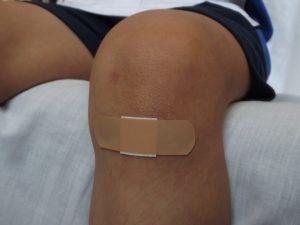
Studies have shown that essential oils from certain plants—like lavender, tea tree, chamomile, ylang ylang, geranium, basil, and frankincense—have antiseptic, antibacterial, anti-inflammatory, antiviral, and emollient properties.
When applied topically to wounds and injuries, they can boost skin hydration, soothe pain and swelling, prevent bacterial infections, and assist in tissue repair and restoration. Due to their high antioxidant content, essential oils can also help prevent scars and dark spots, promoting the growth of stronger, healthier skin cells.
How to use essential oils for wound care:
Gentle oils like lavender or chamomile can occasionally be used on minor burns and scrapes and light scratches without any dilution—put 1-2 drops directly as a first aid treatment to quickly ease the pain and disinfect the wound.
In case of mild-moderate burns and scrapes, applying concentrated oils may irritate the skin. Add 1-2 drops to a bowl of cool water. Using a soft cotton ball or cloth, gently clean the wound with this water.
You can also prepare a homemade regenerating salve by combining 4-5 drops of essential oil with 2 tablespoons of aloe vera gel and 5 ml of coconut oil. Apply the paste on burns and scrapes 2-3 times a day.
5. Calendula
Calendula—also known as pot marigold—is extensively used in ayurvedic and Unani medicine systems for healing a wide range of acute and chronic wounds. Its flower petals have cooling, calming, moisturizing, and anti-inflammatory properties that can soothe initial pain from burns and scrapes and prevent the wound from drying out.
Study shows that using calendula for dressing wounds facilitates granulation, wound contraction, and collagen formation. In several clinical trials, it has been shown to ease pain and make new skin appear faster in persons with cutaneous wounds and first- and second-degree burns.
In a 2013 trial on women who had gone through episiotomy, applying an ointment made from aloe and calendula—every eight hours for five days—significantly improved recovery time and reduced symptoms like redness and bruising. In another 2018 trial, cesarean section wounds healed much faster when standard treatment was combined with topical application of calendula ointment.
How to use calendula on burns and scrapes:
Calendula creams and ointments are easily available in the market. But you can also make your own healing salve with just two simple ingredients. Make a fine paste with dried calendula powder and cool water. Aloe vera or honey can be used instead of water for this preparation. Gently apply on burns and scrapes three times a day.
6. Propolis
Propolis is a complex mixture of soothing plant resins, hydrating beeswax, and antimicrobial essential oils—which altogether make it one of the most powerful wound healers found in nature.
Incredibly rich in triterpenoids and saponins, propolis can ward off infections and promote collagen synthesis. Research shows that flavonoids found in raw propolis can lower acute inflammation around injuries and increase cell turnover. Its topical application has been shown to accelerate wound contraction and tissue repair in cases of excision wounds, ulcers, partial thickness burns, and mild-moderate cuts.
How to use propolis for healing wounds:
Apply pure propolis on burns and scrapes twice a day.
How to care for a fresh wound?
Stop further damage
Cuts and scrapes: Apply light pressure with the help of a gauze or cloth pad to stop the bleeding. If the cloth gets soaked, apply an additional cloth on top of it without removing the previous one. In case of slightly deep cuts on limbs, you can try elevating the limb to above heart level. The bleeding should stop within minutes; if it doesn’t stop or slow down after 10-15 minutes, seek immediate help.
Burn and scrapes wounds: Run cool tap water over the burn for at least 20 minutes to stop the heat from penetrating and damaging deeper skin layers. This will also help minimize the pain.
Clean the wound
Rinse the wound with clean water to get rid of dirt and debris. You can use a mild antibacterial soap to clean minor scratches or burns and scrapes without blisters, but soap can irritate the skin and worsen pain in cases of open wounds. Instead, essential oils can be used to disinfect and clean.
Apply a healing ointment
After cleaning the wound, allow it to dry before applying any ointments or creams. Spread a thin layer of natural antibiotic ointment over the injured skin without rubbing or massaging it.
Secure with a bandage
To make sure your homemade ointment stays in contact with the skin, secure it with a gauze or bandage. This will protect the wound from further damage, accidental scratches, dirt, and germs. It also helps preserve moisture that can keep new cells alive.
A bandage is particularly useful when the wound is in an area that gets frequently dirty, comes often in contact with water (like hands or feet), or is covered by clothing (which may irritate the wound). In case of very small scratches and scrapes, it may be better to leave the wound uncovered.
Possible risks and safety practices for treating wounds at home
Do not leave the wound covered—either with an ointment or bandage—for more than 6-8 hours, as covering for too long may slow down the healing process and trap infection-causing bacteria.
Frequently clean the area, leave the wound open for a few hours, and then reapply the dressing. This will allow the injured skin to breathe and help clear infections.
Always remember to wash your hands thoroughly before (and after) touching the wound or applying the salve. This will reduce the risk of pathogens coming in contact with an open wound.
Final thoughts
Finding the right help for common wounds is crucial, as a lack of proper care may lead to infections and amplify a seemingly minor problem. While natural remedies are effective at treating minor cases of cuts, burns and scrapes, and scalds, deeper cuts and severe burns and scrapes require immediate medical attention. Do not attempt to self-treat a deep and large open wound at home.
When trying to treat yourself or another person, look out for signs of infection. If you see worsening swelling, pus collecting in the wound, severe pain, or fever, have your wound assessed by a professional. One natural remedy I found to be healing and effective is Ozonated Olive Oil from Global Healing. Give it a try!
To Your Health!
Remember, Do Something Everyday That Heals Your Body!
References
https://pubmed.ncbi.nlm.nih.gov/23894900/
https://pubmed.ncbi.nlm.nih.gov/7561562/
https://pubmed.ncbi.nlm.nih.gov/27640646/
https://www.ncbi.nlm.nih.gov/pmc/articles/PMC8496555/
https://www.ncbi.nlm.nih.gov/pmc/articles/PMC4827280/
https://www.ncbi.nlm.nih.gov/pmc/articles/PMC6770633/
https://pubmed.ncbi.nlm.nih.gov/22946786/
https://www.ncbi.nlm.nih.gov/pmc/articles/PMC6754538/
https://pubmed.ncbi.nlm.nih.gov/25941793/
https://pubmed.ncbi.nlm.nih.gov/25276736/
https://www.ncbi.nlm.nih.gov/pmc/articles/PMC6259546/
https://www.ncbi.nlm.nih.gov/pmc/articles/PMC4827280/
https://pubmed.ncbi.nlm.nih.gov/29287194/
https://www.tandfonline.com/doi/full/10.3109/13880200903578754

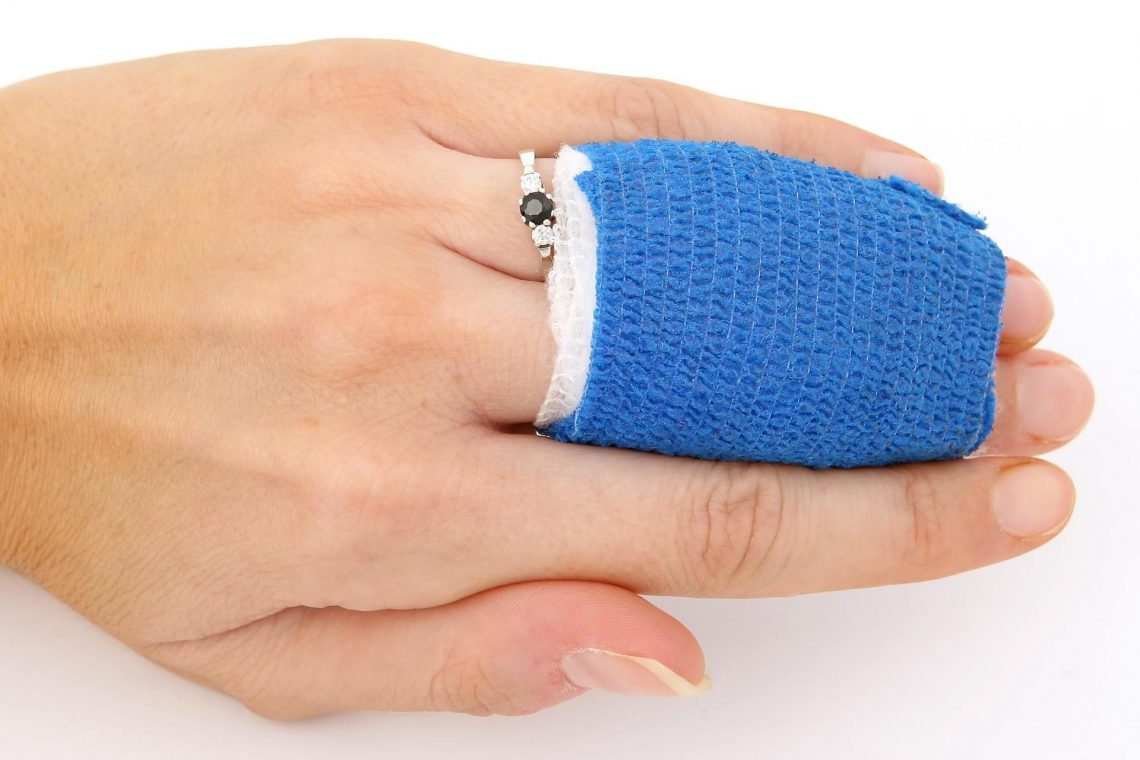
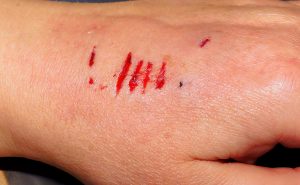

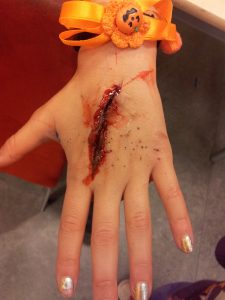
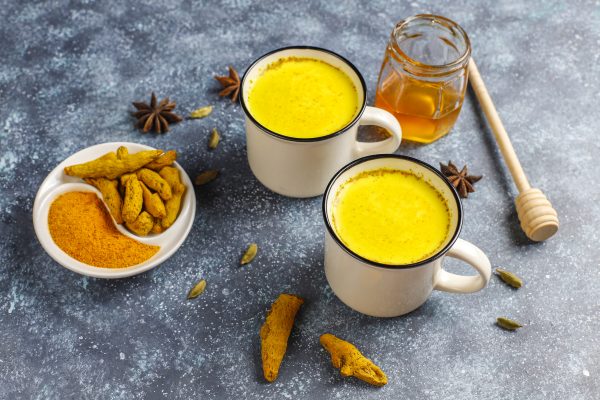
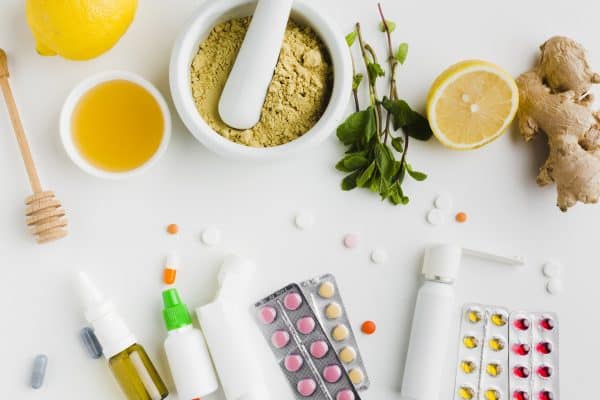
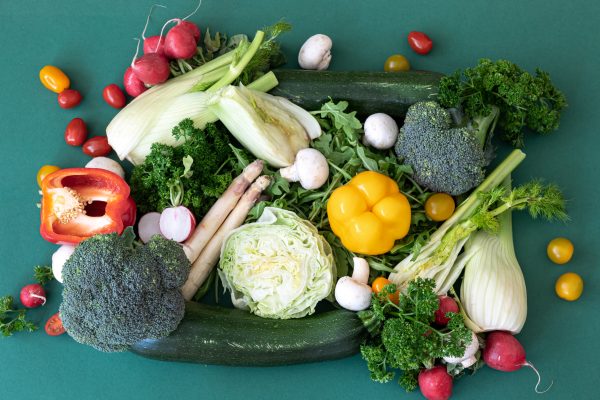


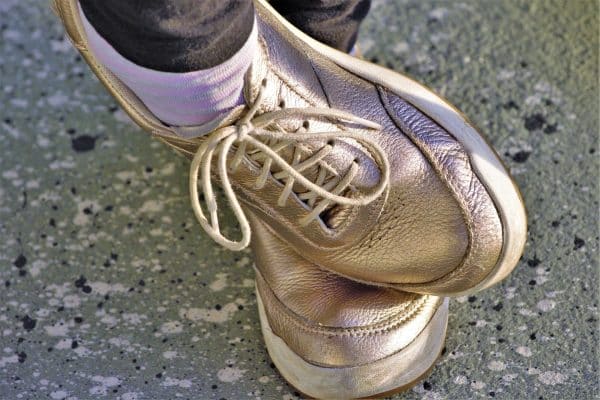

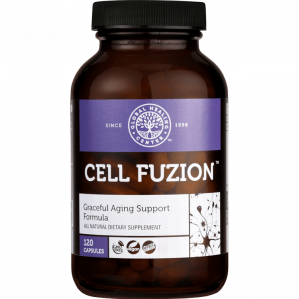
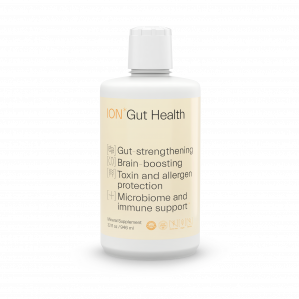
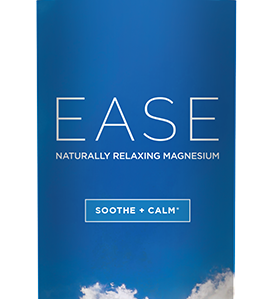
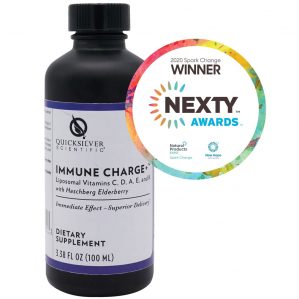
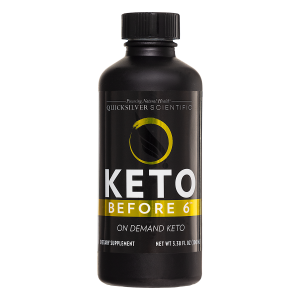











0 Comment